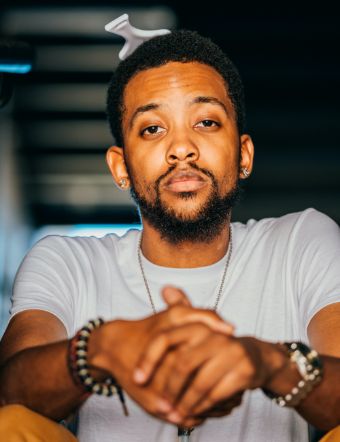


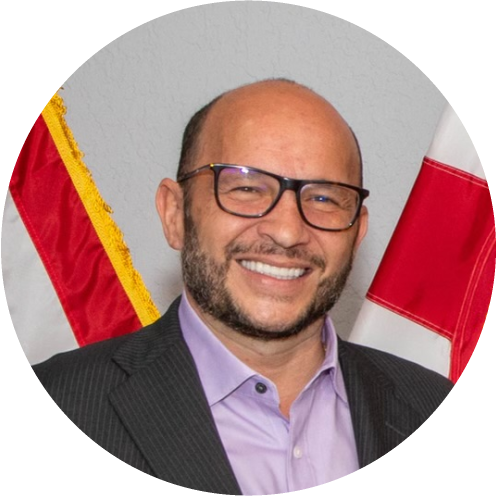
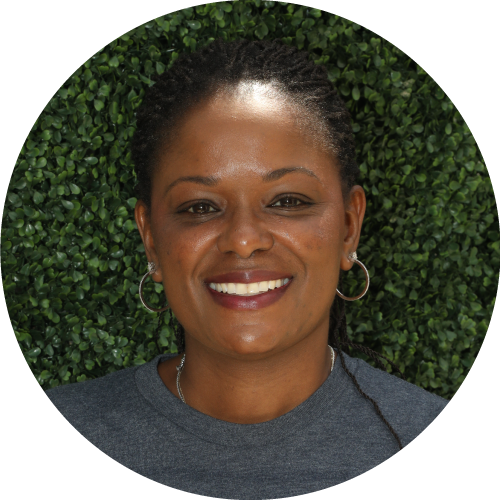
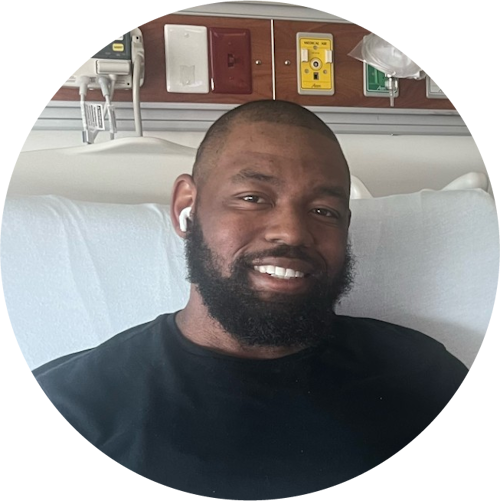
The factors used to match donors with patients are inherited, similar to how hair and eye color are inherited from our parents and ancestors. This means the best chance of finding a match is between two people who share ethnicity or genetic heritage. There is an urgent need to diversify the registry, so all patients can find a lifesaving donor when one is needed. Currently, many ethnic groups are underrepresented, making it difficult to find matches. No matter your ethnic background, we encourage you to join the registry, as you could have the amazing opportunity to save someone's life.
Ignacio
Ignacio is 50 years old, a husband, father, and business owner from South Florida. He urgently needs a blood stem cell transplant to save his life. This transplant has the potential to cure the rare condition he is battling, myelofibrosis, a form of blood cancer. But for the transplant to work, Ignacio needs a matching donor based on a tissue type called HLA, Human Leukocyte Antigens. These are inherited from our parents and ancestors, so the best chance of a match is with someone of similar ancestry. Ignacio is of Jewish, Spanish, and Portuguese ancestry, so his match is more likely to be someone who shares similar ancestry. To learn more about Ignacio, click here.
Rose
Rose, a mother, wife, and physician assistant from South Florida, urgently needs a matching donor. She was diagnosed with Acute Myeloid Leukemia in December 2020, and while chemotherapy worked for some time, she has experienced a relapse. The mother of three teen girls, Rose does not have a matching donor in her family. Gift of Life urges everyone of African or Haitian ancestry to please order a swab kit and join the registry – you could be Rose's hero and give her a second chance at life. To learn more about Rose and her battle with blood cancer, click here.
Ancil
38-year-old Ancil is a husband, father, and Pharmacist who is battling Heptaspleenic T-cell Lymphoma, an extremely rare cancer. He needs a blood stem cell or bone marrow transplant to save his life. Ancil is of African American ancestry, so his lifesaving donor will likely be someone of similar genetic heritage. Gift of Life urges everyone who has African American ancestry to please order a swab kit and join the registry – you could be Ancil's lifesaving hero. To learn more about him, click here.

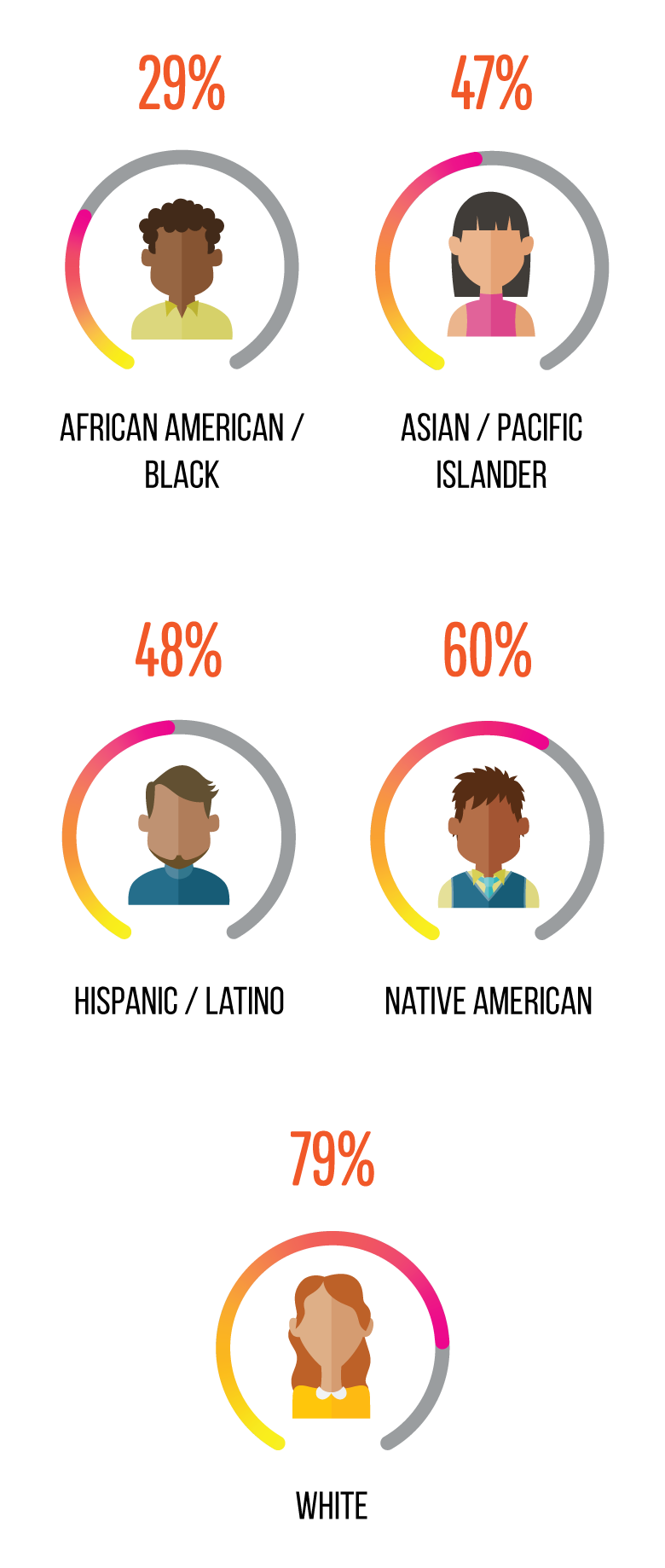
Anyone 18 to 35 years old and in general good health can join the registry by completing a cheek swab kit at an in-person drive or by ordering a kit sent to your home. Complete a short questionnaire, swab inside your cheeks, and return the kit – simple! There is no cost to donate, and your personal information is held in strictest confidence under the same HIPAA regulations that apply to your doctor's office.
If you are ever a match for a patient, Gift of Life will call and email you to let you know you have the chance to save someone's life.
There are two methods of donating, Peripheral Blood Stem Cell (PBSC) donation, and Bone Marrow donation. A PBSC donation is similar to donating blood platelets. An apheresis machine will collect the needed cells from your circulating blood, then the remaining blood is returned to you. More than 90% of transplants use the PBSC method. Most donors feel fully recovered the next day.
Bone marrow donation is an outpatient procedure at a hospital that takes about two hours. The donor is under general anesthesia, and marrow is extracted from the hip bone using a needle. This procedure is most often used to help children fighting blood cancer and other life-threatening diseases, and accounts for less than 10% of transplants. Donors are discharged after recovering from anesthesia and typically are able to return to work within 48 hours. Some donors experience a backache for a few days.
Your stem cells and bone marrow will grow back on their own in a matter of weeks.
To join the registry, click the orange button, and give hope to thousands of patients who are waiting to hear those miraculous words, "Your donor has been found."
JOIN NOW
